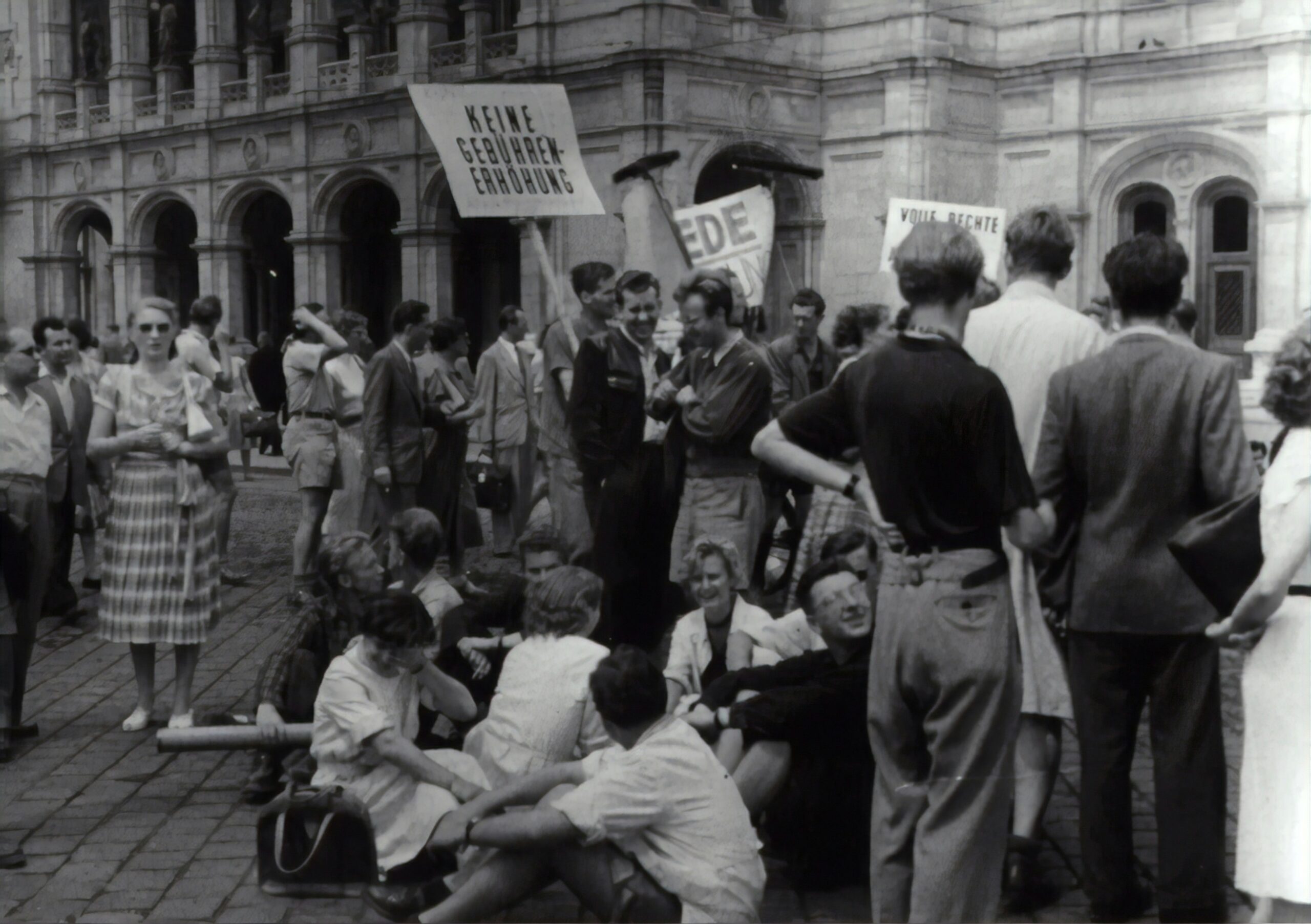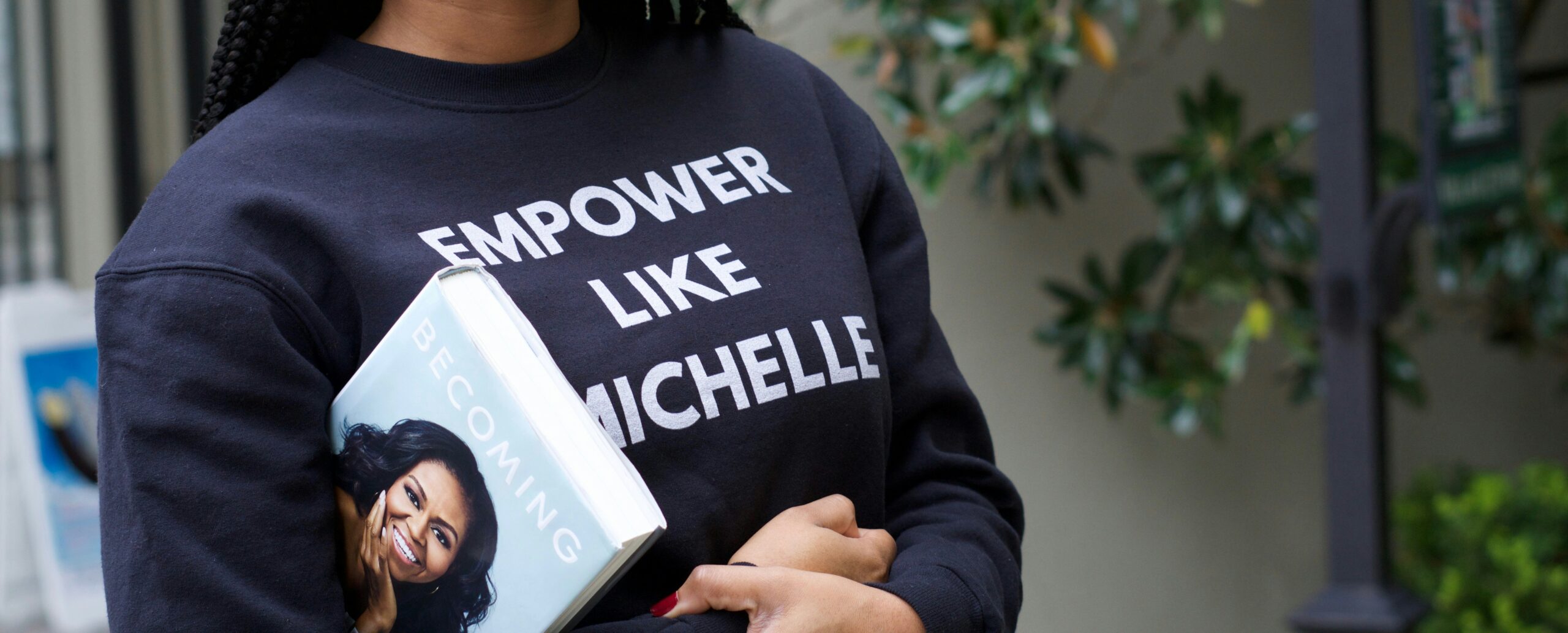Introduction to the Protests
The recent wave of student protests in Bangladesh has garnered significant attention both domestically and internationally. These demonstrations were ignited by a series of events that exposed underlying grievances among the student population. The catalyst for the protests was the arrest of several student leaders who had been vocal about issues affecting the education sector and broader societal concerns. The detentions were perceived as an attempt to stifle dissent and silence the voices advocating for change.
Initially, the protests were sparked by dissatisfaction with the quality of education and the lack of employment opportunities for graduates. Students expressed frustration over outdated curricula, inadequate facilities, and the perceived disconnect between educational institutions and the job market. Furthermore, allegations of corruption within academic administrations exacerbated the discontent. The arrest of the student leaders was seen as the tipping point, transforming simmering frustrations into widespread demonstrations.
The student protests have been marked by organized rallies, sit-ins, and various forms of nonviolent resistance. Demonstrators have called for the immediate release of the detained leaders, reforms in the education system, and greater accountability from academic and governmental bodies. The initial response from the authorities was characterized by a heavy-handed approach, including the deployment of police forces to disperse crowds and the use of tear gas and rubber bullets. This response further inflamed the situation, drawing more students and supporters to the cause.
Despite the crackdown, the resilience of the students has been notable. Their unwavering commitment to their demands has kept the momentum of the protests alive. As the situation continues to evolve, the student community remains steadfast in their vow to persist with their demonstrations until tangible changes are achieved and their leaders are freed. The unfolding events in Bangladesh highlight the profound impact of student activism and the critical role it plays in shaping societal discourse.
Background: Arrest of Student Leaders
The recent arrests of student leaders in Bangladesh have significantly heightened tensions between students and government authorities. These arrests were conducted under a cloud of controversy, with the government citing various reasons for their actions. Authorities have accused the student leaders of inciting unrest, participating in unlawful assemblies, and disrupting public order. These charges, however, have been viewed with skepticism by many, who argue that they are politically motivated attempts to stifle dissent and curb the rising influence of student movements.
The student leaders detained have been prominent figures in advocating for educational reform, transparency, and accountability within the government. Their activism has struck a chord with a broad base of students and citizens who feel disenfranchised by the current political climate. As a result, their arrests have not only galvanized the student body but also attracted widespread attention and condemnation from various human rights organizations and international observers.
The government’s actions have been defended on the grounds of maintaining law and order, with officials claiming that the student protests posed a significant threat to public safety. Nonetheless, this justification has done little to quell the growing unrest. The student community views these arrests as a direct attack on their freedom of expression and assembly, fundamental rights that they believe are being systematically eroded. This perception has led to a surge in protest activity, with students vowing to continue their demonstrations until their leaders are released.
Such tensions highlight a broader struggle within Bangladesh, where young people are increasingly vocal about their demands for change and are met with resistance from established power structures. The situation remains volatile, with the potential for escalation if a resolution is not reached. The arrest of these student leaders has thus become a flashpoint in the ongoing conflict between the aspirations of the youth and the actions of the authorities.
Demands of the Student Protesters
The student protesters in Bangladesh are voicing a series of pivotal demands that underscore their commitment to achieving significant changes. Central to their movement is the immediate release of the detained student leaders, who have been pivotal in organizing and leading the demonstrations. The protesters argue that these leaders have been unjustly imprisoned for advocating on behalf of their peers and for striving to address critical issues affecting the student community.
Beyond the immediate call for the release of these leaders, the protesters are advocating for broader educational reforms. They are demanding more equitable access to quality education, which remains a significant challenge in various parts of the country. The students are also calling for increased government accountability and transparency in the administration of educational institutions. This includes a greater emphasis on reducing corruption and nepotism, which they believe are pervasive in the current system.
Additionally, the protesters are pushing for policy changes that would ensure a safer and more conducive learning environment. This includes better infrastructure in schools and universities, as well as enhanced security measures to protect students from violence and harassment. The protesters are also pressing for reforms in the examination and evaluation systems to ensure fairness and meritocracy.
Another critical demand relates to the employment prospects for graduates. The students are urging the government to address the high rates of unemployment among young graduates by creating more job opportunities and providing better career support services. They believe that the current job market is not adequately equipped to absorb the growing number of educated youths, leading to widespread frustration and disillusionment.
Overall, the demands of the student protesters reflect a deeply rooted desire for systemic change within the educational sector and beyond. Their movement is not only about the immediate release of their leaders but also about paving the way for a more just and equitable society. The students’ resolve to continue their protests until these demands are met highlights their unwavering commitment to these goals.
The response of the Bangladeshi government to the ongoing student protests has been a complex blend of statements, actions, and strategic measures aimed at quelling public unrest. Government officials have consistently articulated their stance on maintaining law and order, emphasizing the necessity of upholding legal frameworks to ensure societal stability. The Minister of Home Affairs, in several public addresses, has underscored the importance of adhering to legal processes, asserting that the arrests were conducted in compliance with established judicial protocols.
In an attempt to mitigate the unrest, the government has also initiated dialogues with various student organizations. These discussions are aimed at addressing the grievances of the protesters, with a focus on educational reforms and enhanced security measures for students. However, these efforts have been met with mixed reactions, as a significant portion of the student body remains skeptical of the government’s intentions, viewing the dialogues as superficial attempts to placate dissent rather than genuine efforts at reform.
Furthermore, the government’s actions, especially the arrest of student leaders, have had profound implications on public sentiment. The detentions have been perceived by many as an attempt to stifle dissent and discourage further protests. This perception has intensified public outrage, leading to widespread condemnation from various civil society groups and human rights organizations. The narrative of repression has fueled a sense of solidarity among the protesters, strengthening their resolve to continue their movement until their demands are met.
The implications of the government’s response extend beyond immediate public sentiment. The actions taken have set a precedent for handling future protests, raising concerns about the potential for increased state intervention in civil matters. The balance between maintaining order and respecting citizens’ rights to peaceful assembly remains a contentious issue, with the government’s approach likely to influence the dynamics of future civic engagements in Bangladesh.
Public and International Reactions
The escalation of student protests in Bangladesh has elicited a spectrum of responses from both the local populace and the international community. Domestically, the general public appears to be divided. Many citizens, particularly the younger generation, have demonstrated robust support for the students’ cause, viewing it as a crucial stand against perceived governmental injustices and a step towards greater democratic freedoms. Social media platforms have become a battleground of opinions, with hashtags supporting the students trending across various networks.
Conversely, segments of society aligned with the current political dispensation express concerns about potential instability and disruptions caused by the ongoing protests. They argue that such movements, while perhaps well-intentioned, could inadvertently harm the nation’s economic and social fabric if they escalate uncontrollably. This dichotomy in public opinion underscores the complex socio-political landscape within Bangladesh.
On the international front, reactions have been markedly vocal and critical of the government’s stance. Human rights organizations, such as Amnesty International and Human Rights Watch, have condemned the arrests of student leaders, labeling them as a suppression of legitimate dissent. These organizations have called for the immediate release of detained protesters and urged the Bangladeshi government to respect the fundamental rights to freedom of expression and assembly.
Additionally, several international bodies and foreign governments have weighed in on the situation. Statements from the United Nations have emphasized the importance of upholding human rights and the rule of law. Western nations, including the United States and members of the European Union, have issued diplomatic communiqués urging restraint and dialogue. They stress that a peaceful resolution through constructive engagement with the student protesters would be in the best interest of Bangladesh’s long-term stability and democratic health.
These varied reactions highlight the multifaceted nature of the crisis. While domestic support for the students signifies a yearning for change and justice, international pressure underscores the global community’s vested interest in the protection of human rights and democratic principles. The unfolding scenario in Bangladesh remains a matter of significant concern both locally and globally.
The ongoing protests and the arrest of student leaders in Bangladesh could have significant long-term impacts on both the educational system and society at large. The immediate consequence of these events is the disruption of academic activities, with students prioritizing activism over their studies. This shift in focus could affect academic performance and outcomes, leading to a potential decline in the quality of education. Furthermore, the protests highlight a growing trend of student activism, which may become a more prominent feature of the socio-political landscape in Bangladesh.
The arrest of student leaders could have a chilling effect on political dissent, with the potential to stifle free expression and discourage participation in future activism. This suppression could lead to a more subdued and cautious student body, wary of repercussions from the authorities. Conversely, it may also galvanize students and the broader public to push back against perceived injustices, thereby intensifying the demand for political reforms and greater accountability from the government.
Trust in the government is another critical aspect that could be impacted by these events. The handling of the protests and the treatment of student leaders could either erode or strengthen public confidence in the authorities, depending on the perceived fairness and transparency of their actions. A decline in trust could lead to increased skepticism towards governmental policies and a more questioning and critical citizenry. On the other hand, if the government addresses the concerns of the protesters effectively, it could bolster its legitimacy and foster a more cooperative relationship with the public.
Overall, the climate for political dissent in Bangladesh is likely to undergo changes as a result of these protests. The response from both the government and the student body will play a crucial role in shaping the future of political engagement and activism in the country. As students continue to demand their rights and seek justice for their leaders, the unfolding events will undoubtedly leave a lasting imprint on the educational system and societal dynamics in Bangladesh.
Future of the Protests
The future of the student protests in Bangladesh hinges on several critical factors. One possible scenario is the government acceding to the students’ demands, which could lead to the release of the detained leaders and a subsequent de-escalation of tensions. If the authorities choose this path, it may foster a more constructive dialogue between the government and the protesters, potentially paving the way for reforms that address the underlying issues fueling the unrest.
On the other hand, if the government remains unyielding, the protests are likely to continue, potentially escalating into broader civil unrest. The students, galvanized by their determination for justice and reform, may adopt more strategic and organized methods of protest. This could include coordinated strikes, sit-ins, and leveraging social media to amplify their message both domestically and internationally. The role of social media cannot be understated, as it serves as a powerful tool for mobilization and garnering global support.
Another potential development is the initiation of negotiations between the protesters and the authorities. Such negotiations could serve as a middle ground, offering a platform for both parties to voice their concerns and work towards a mutually acceptable resolution. The success of these negotiations would depend largely on the willingness of both sides to engage in good faith and make necessary concessions.
Moreover, the students might seek to broaden their coalition by aligning with other social and political movements within the country. This could amplify their influence and put additional pressure on the government to address their demands. The strategic use of alliances can be a game-changer, providing the students with new avenues to pursue their objectives.
In conclusion, the trajectory of the protests will be shaped by the responses of both the government and the protesters. Whether through concessions, continued resistance, or negotiations, the coming weeks will be crucial in determining the future of this significant movement in Bangladesh.
Conclusion: The Path Ahead
The recent wave of student protests in Bangladesh signifies a pivotal moment in the nation’s socio-political landscape. As highlighted throughout the blog post, these demonstrations stem from deep-seated grievances regarding governmental transparency, justice, and educational reforms. The detainment of student leaders has only exacerbated the situation, galvanizing more students to join the movement and vow to continue their protests until their peers are released.
It is crucial to acknowledge the broader implications of these protests. The students’ unwavering determination underscores a growing demand for accountability and reform within the country’s political and educational systems. This movement is not merely a call for the release of detained leaders but a profound plea for systemic change that addresses the root causes of discontent. The youth’s activism signals a potential shift in how future generations might engage with and influence governance in Bangladesh.
In light of these developments, dialogue and peaceful resolution emerge as essential components for moving forward. Constructive communication between the government and student representatives could pave the way for meaningful reforms. Such dialogue would not only help de-escalate the current tensions but also build a foundation for addressing the underlying issues. Ensuring that students feel heard and valued in the political process is vital for fostering a more inclusive and democratic society.
Furthermore, the need for comprehensive reforms cannot be overstated. Addressing the root causes of student dissatisfaction—such as improving the quality of education, ensuring justice and fairness in political processes, and enhancing overall governance—will be critical in preventing future unrest. These changes require a concerted effort from all stakeholders, including the government, educational institutions, and civil society.
Ultimately, the path ahead for Bangladesh will depend on the willingness of all parties to engage in open, honest, and constructive dialogue. By prioritizing peaceful resolution and systemic reform, there is an opportunity to not only address the immediate concerns of the protesting students but also to build a more just and equitable future for the nation.



